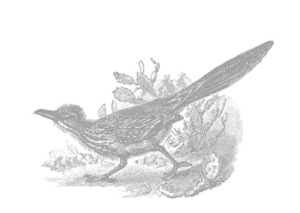
Founded by Howard Butt, Jr. in 1961, Laity Lodge has welcomed guests to retreats designed to reawaken a sense of the sacred—the nearness and goodness of God in all of life—for more than six decades. Tucked deep in the Texas Hill Country, along the banks of the Frio River, the Lodge offers a setting of extraordinary beauty. Yet what happens here is strikingly simple: we converse, sing, walk, pray, eat, and rest. We believe these ordinary practices shape a truly good life—a life of faithful stewardship and love, lived among friends and before God.
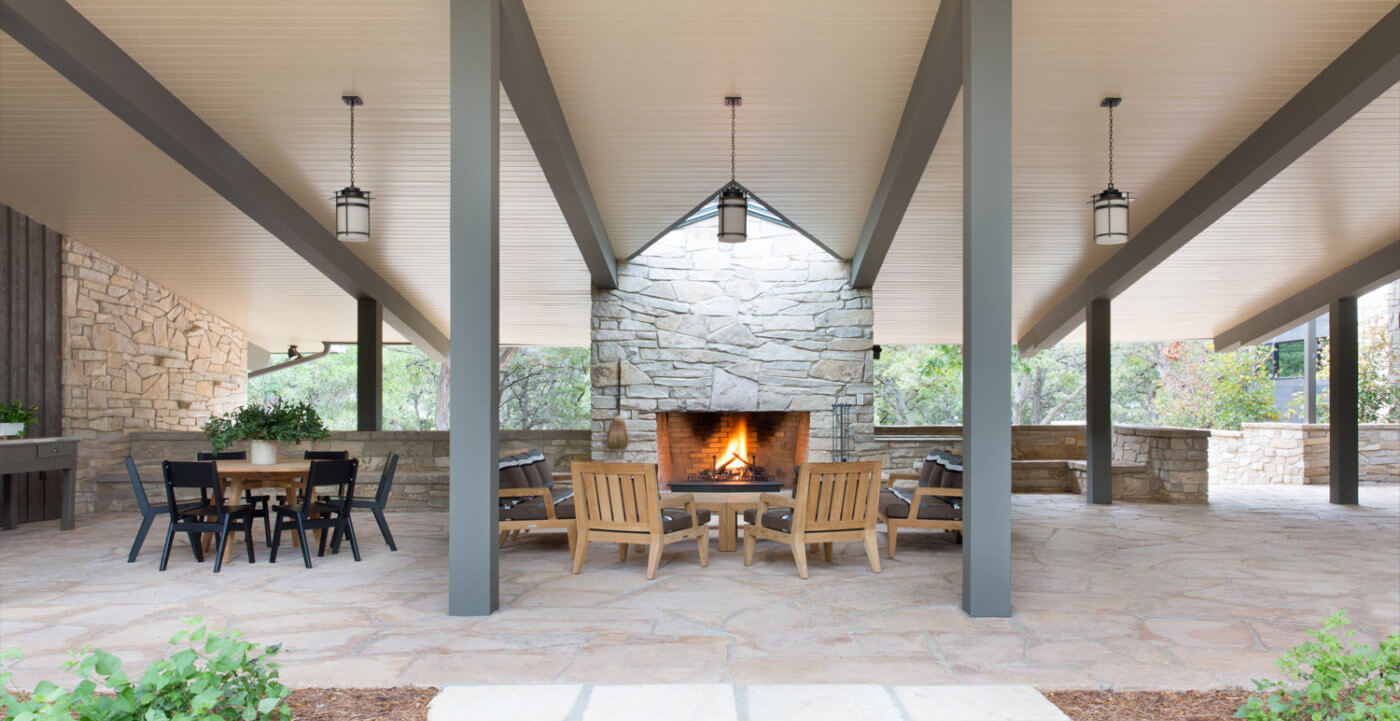
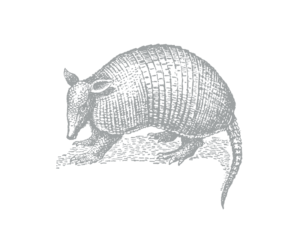 The Most Comfortable Living Room in the Hill Country
The Most Comfortable Living Room in the Hill CountryThe Great Hall—our main gathering space—was built to be “the most comfortable living room in the Hill Country.” That phrase matters to us. It means you’re not just attending an event; you’re a guest in our home—a place we love deeply and have prepared with care, just for you.
“On my first visit to Laity Lodge, I knew it was a holy place. The high hills spoke of it. The river spoke of it. ... I don't believe I have ever known a place as full of human kindness and openness and grace as I have found in virtually everyone I met there.”
Frederick Buechner
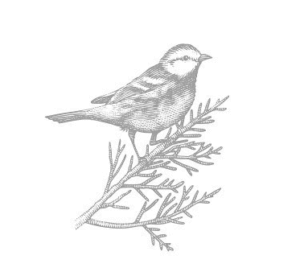 We Don’t Have an Agenda for You
We Don’t Have an Agenda for YouFor decades, we’ve opened every retreat with these words: “We have an agenda, but we don’t have an agenda for you.” This is your retreat. While we thoughtfully design each gathering to serve you well, we trust you to engage with the experience in whatever way feels right for you.
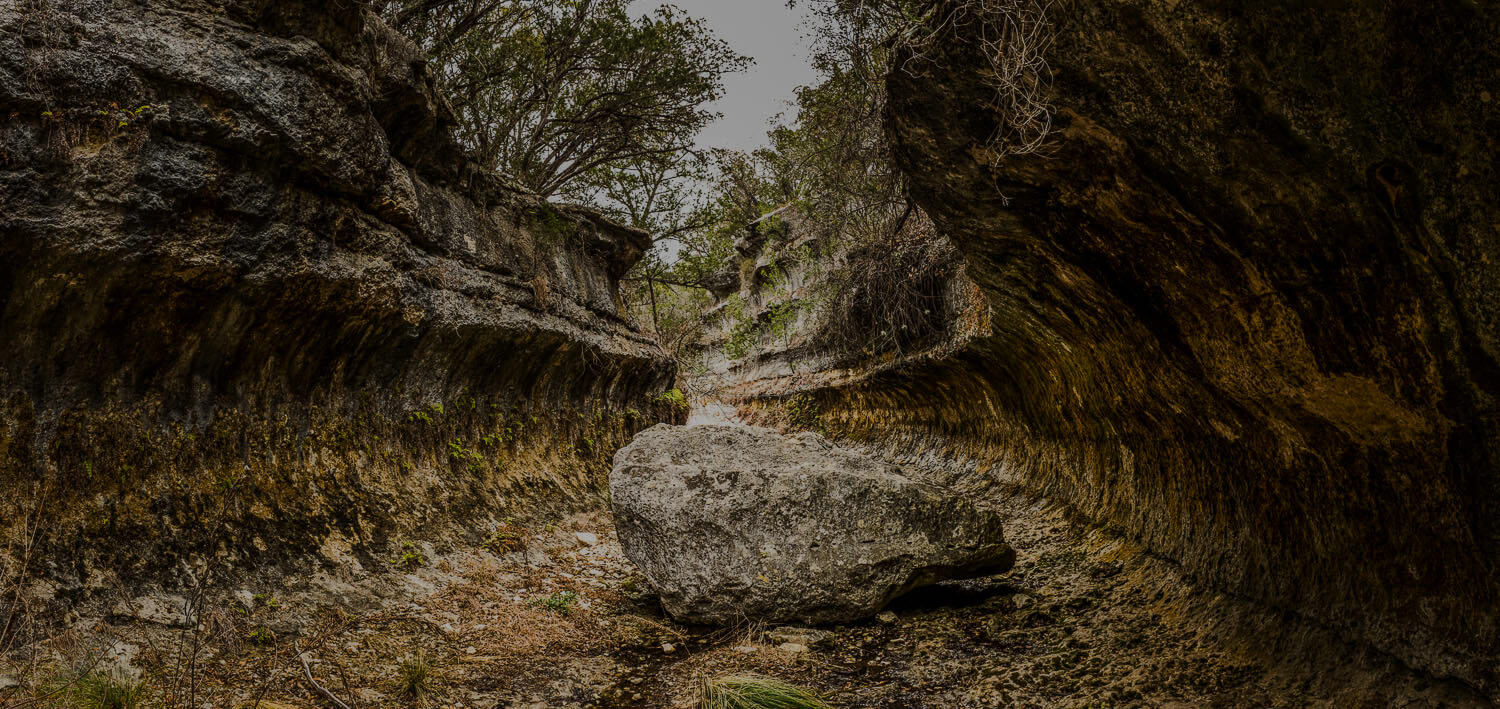
 Of the People
Of the People“Laity” comes from the Greek λαϊκός (laikos), and means “of the people.” Laity Lodge is built on the conviction that all people, in all places and occupations, are called to be witnesses—steadfast, caring visionaries of hope in a world of shadows.
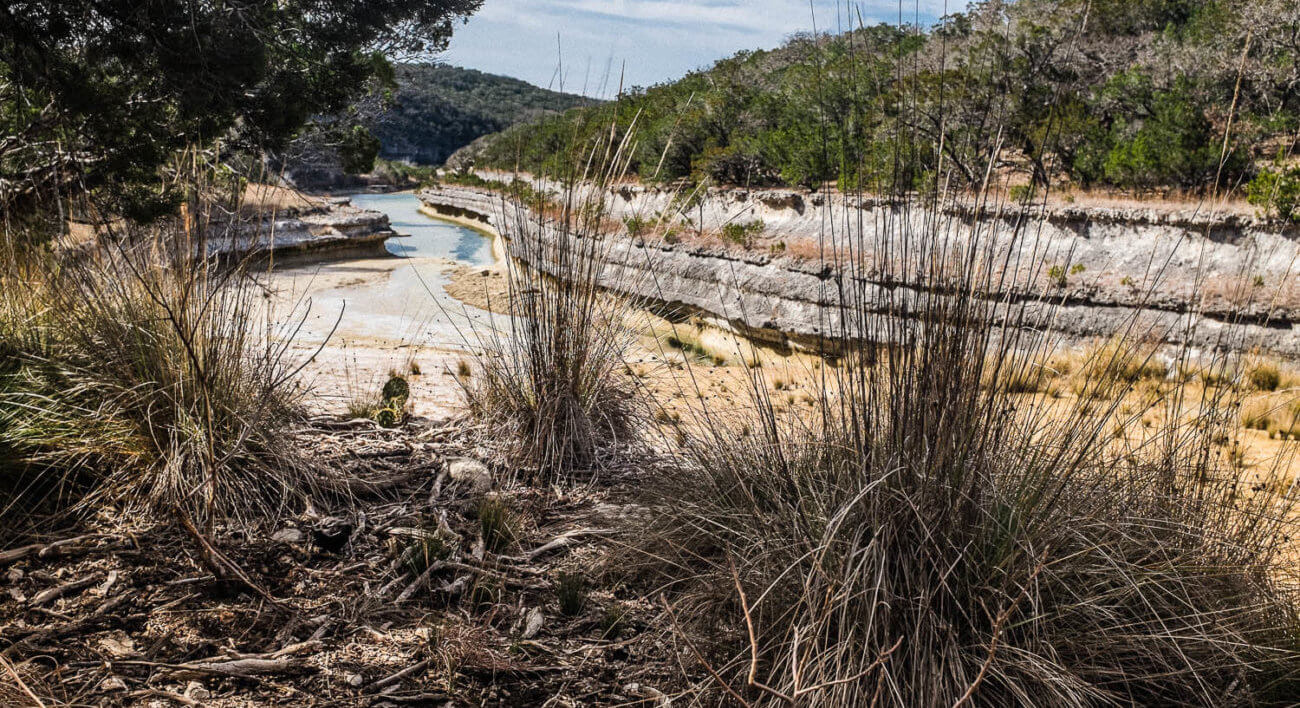
 The Laity Lodge Symbol
The Laity Lodge SymbolOriginally designed in 1978 by Richard L. Casey with oversight from Howard E. Butt, Jr., the Symbol of the Congress of the Laity was reworked in 2013 and is used today exclusively as the program symbol for Laity Lodge. The symbol was originally described in this way:
“…it is made up of four adjoining circles: the top circle stands unadorned, representing God; the right circle holds a square, symbol for earth; the bottom circle contains the triangle which stands for the spiritual world, triunity, and creativity; the left circle embraces the cross, reminder of God’s reaching to man in the person of Jesus Christ. Bordering the four circles is the architectural shape of the early Roman Senate where representatives discussed major issues face to face. The Congress of the Laity, too, was a gathering of important people discussing major issues within a Christian context of leadership through servanthood.”